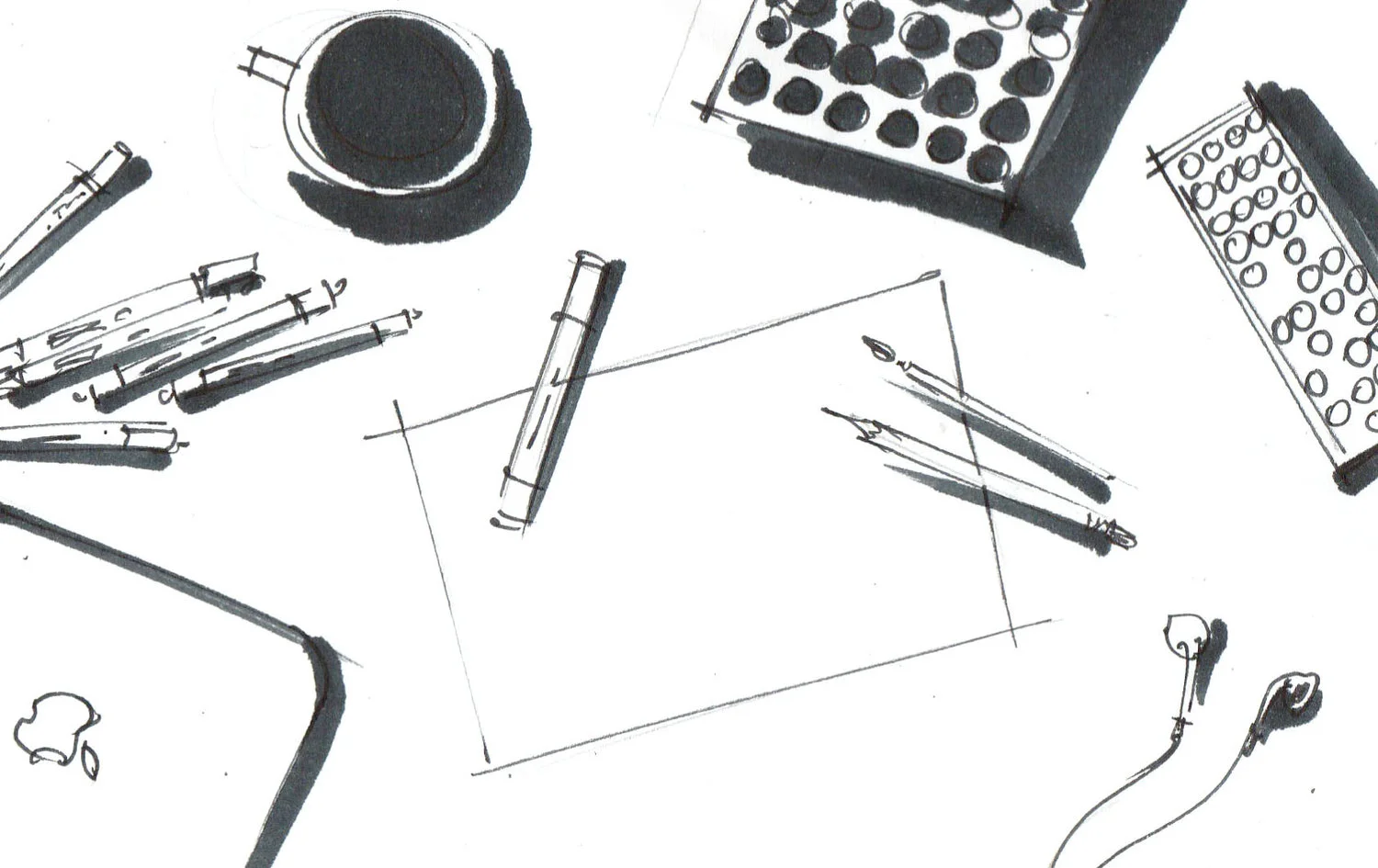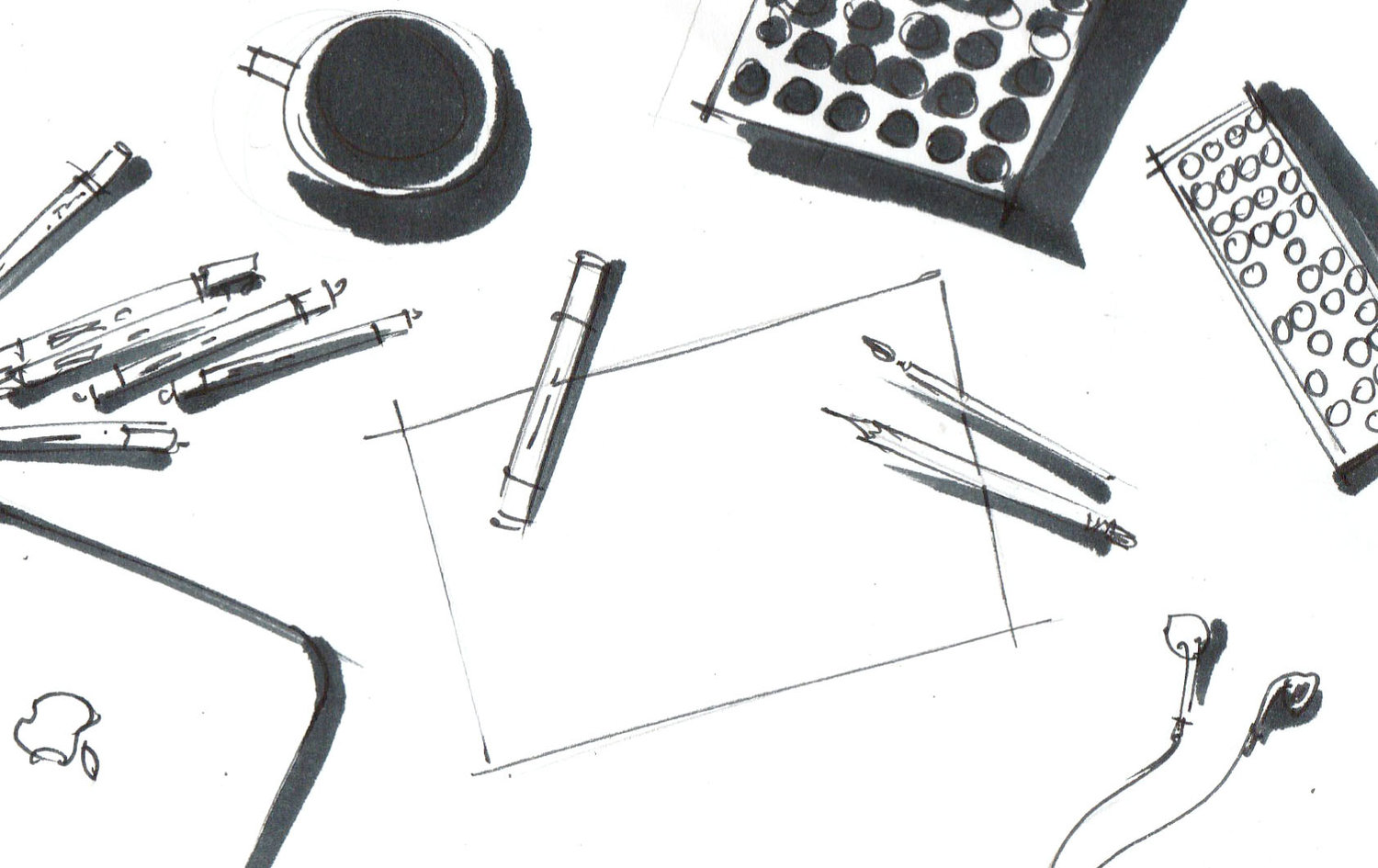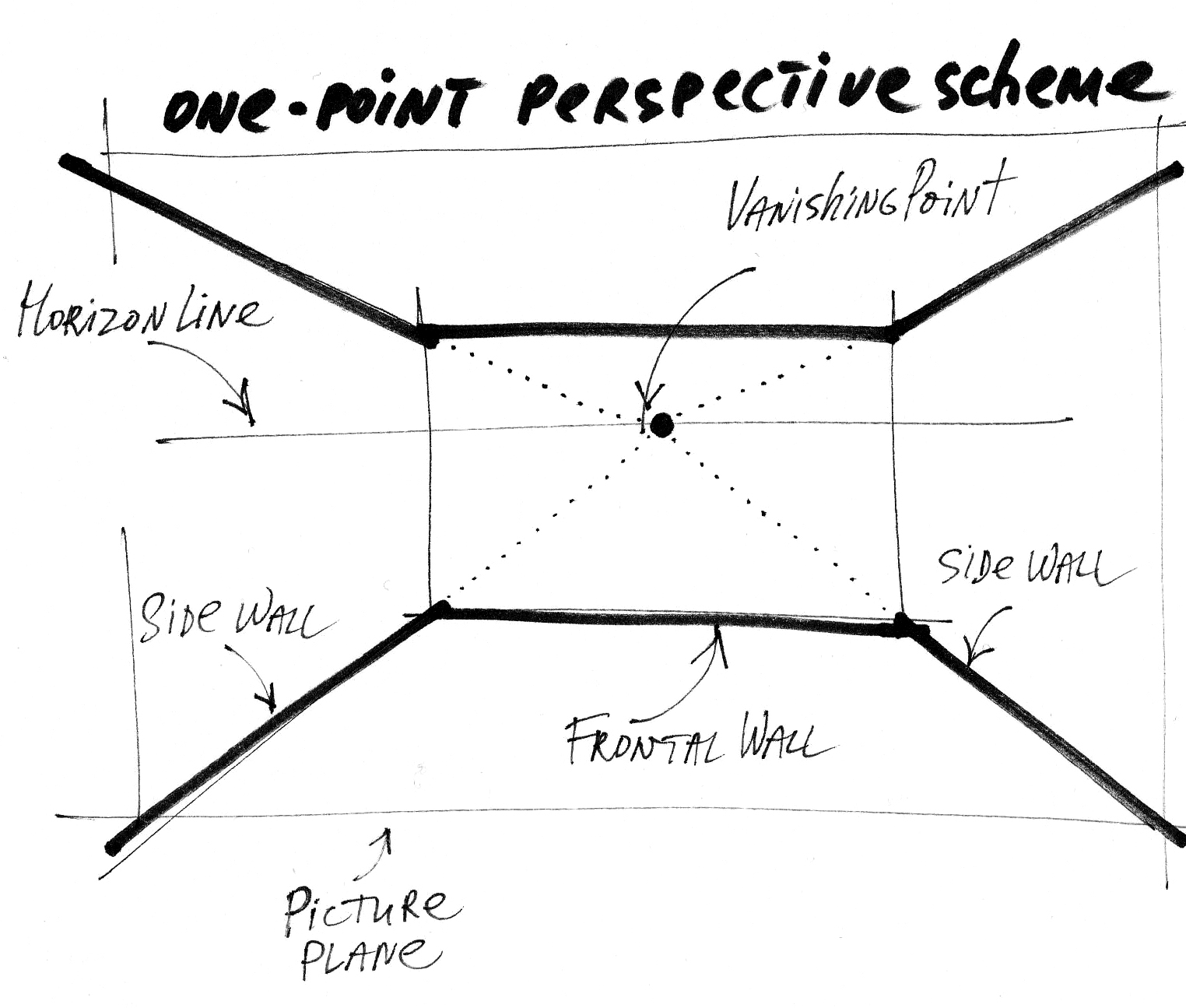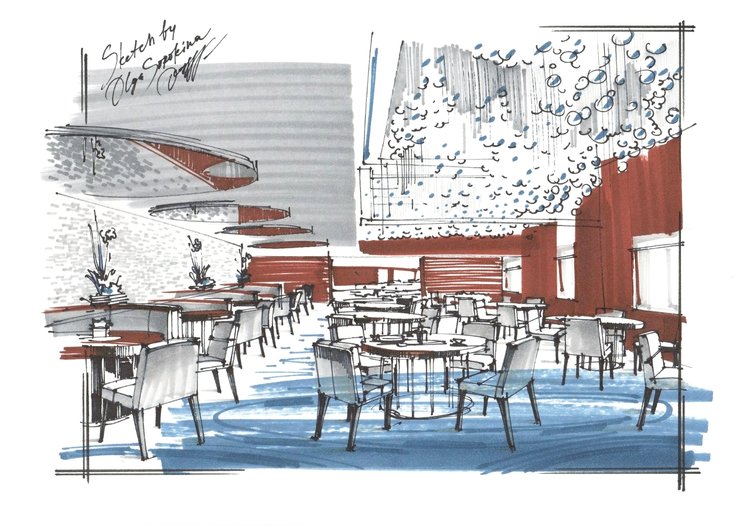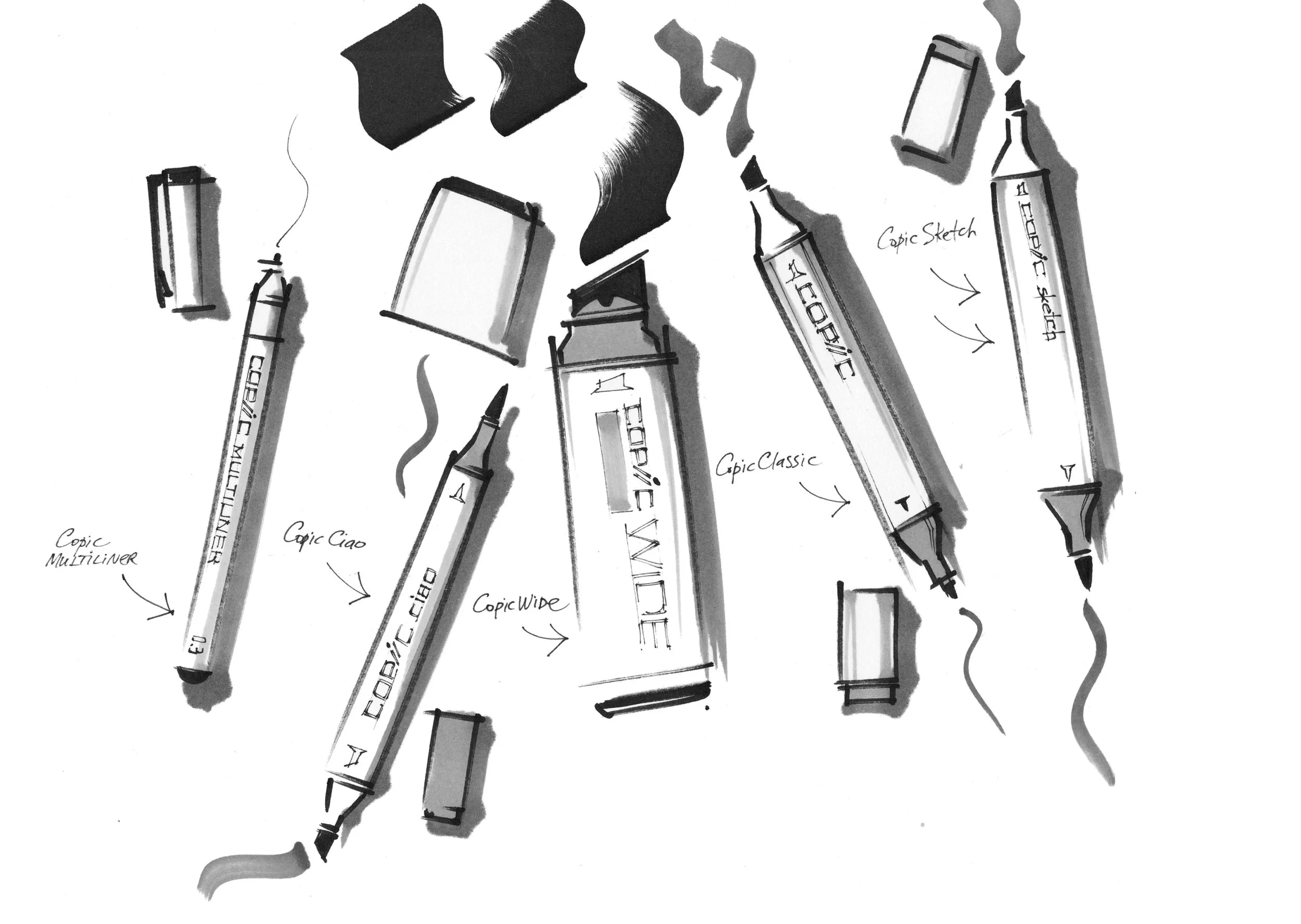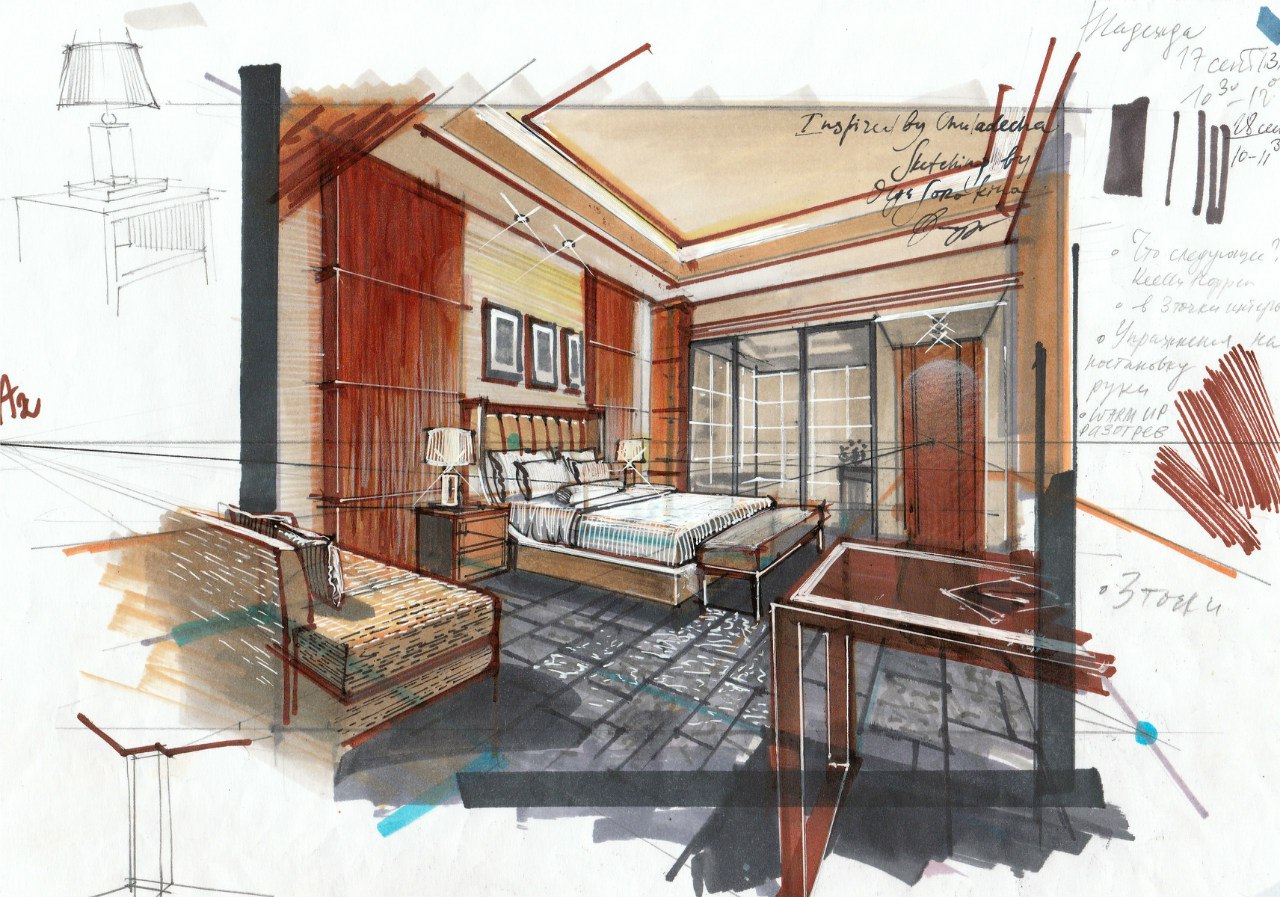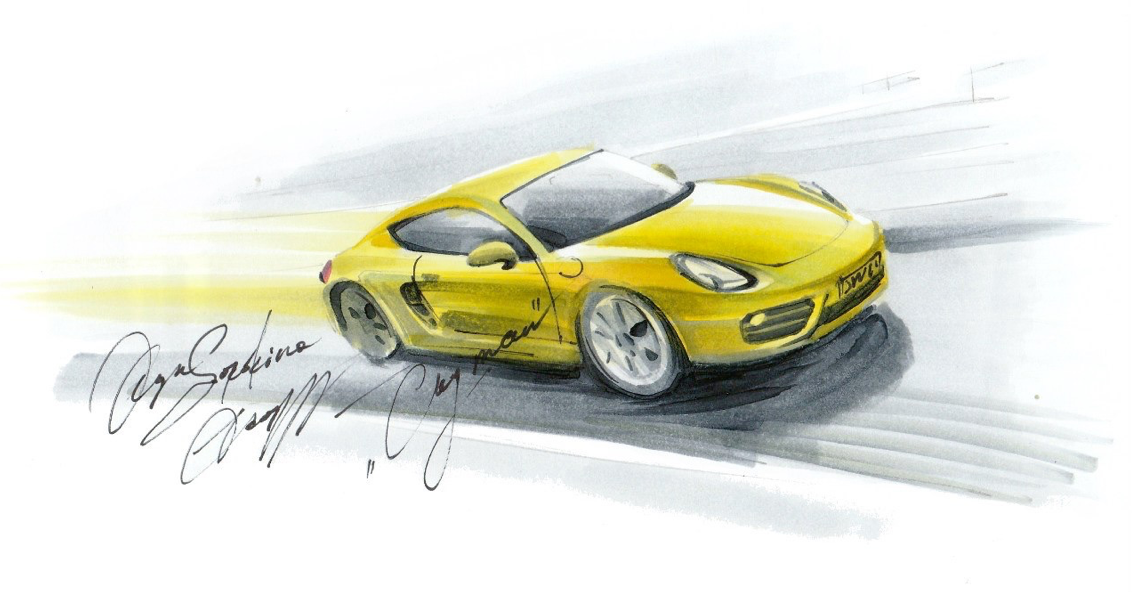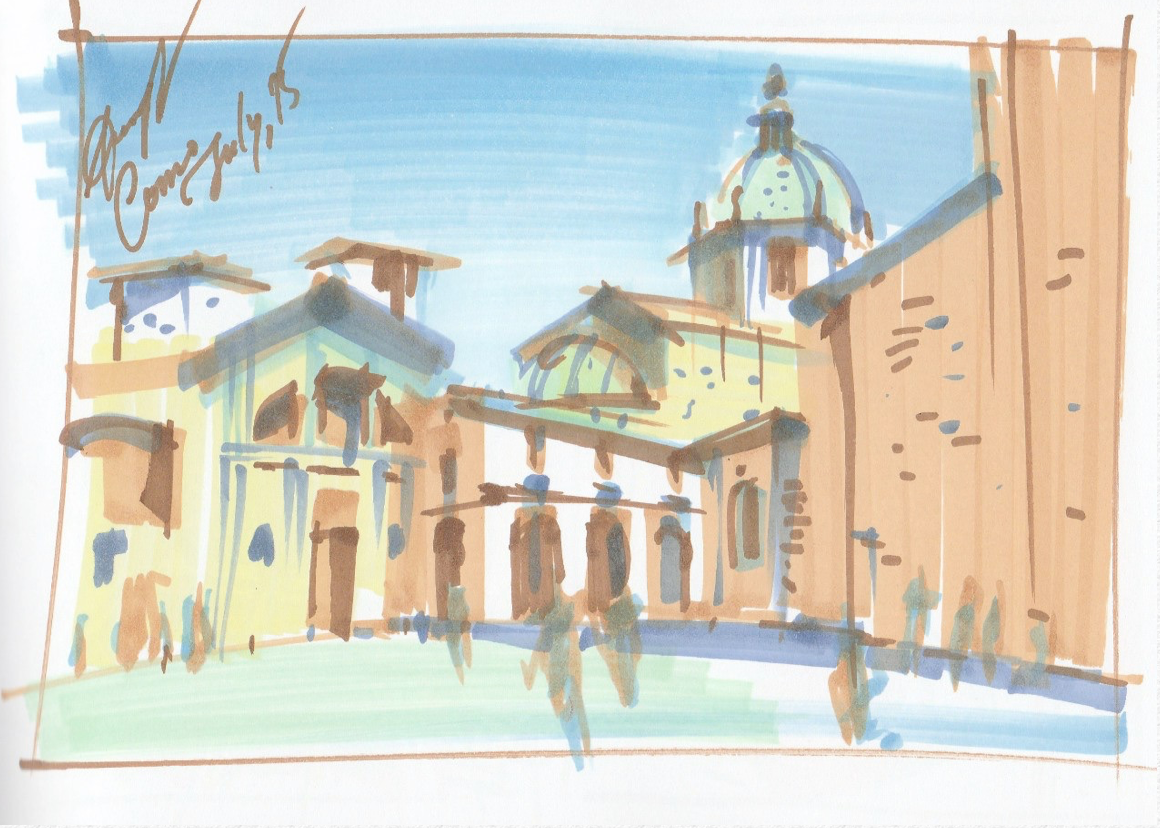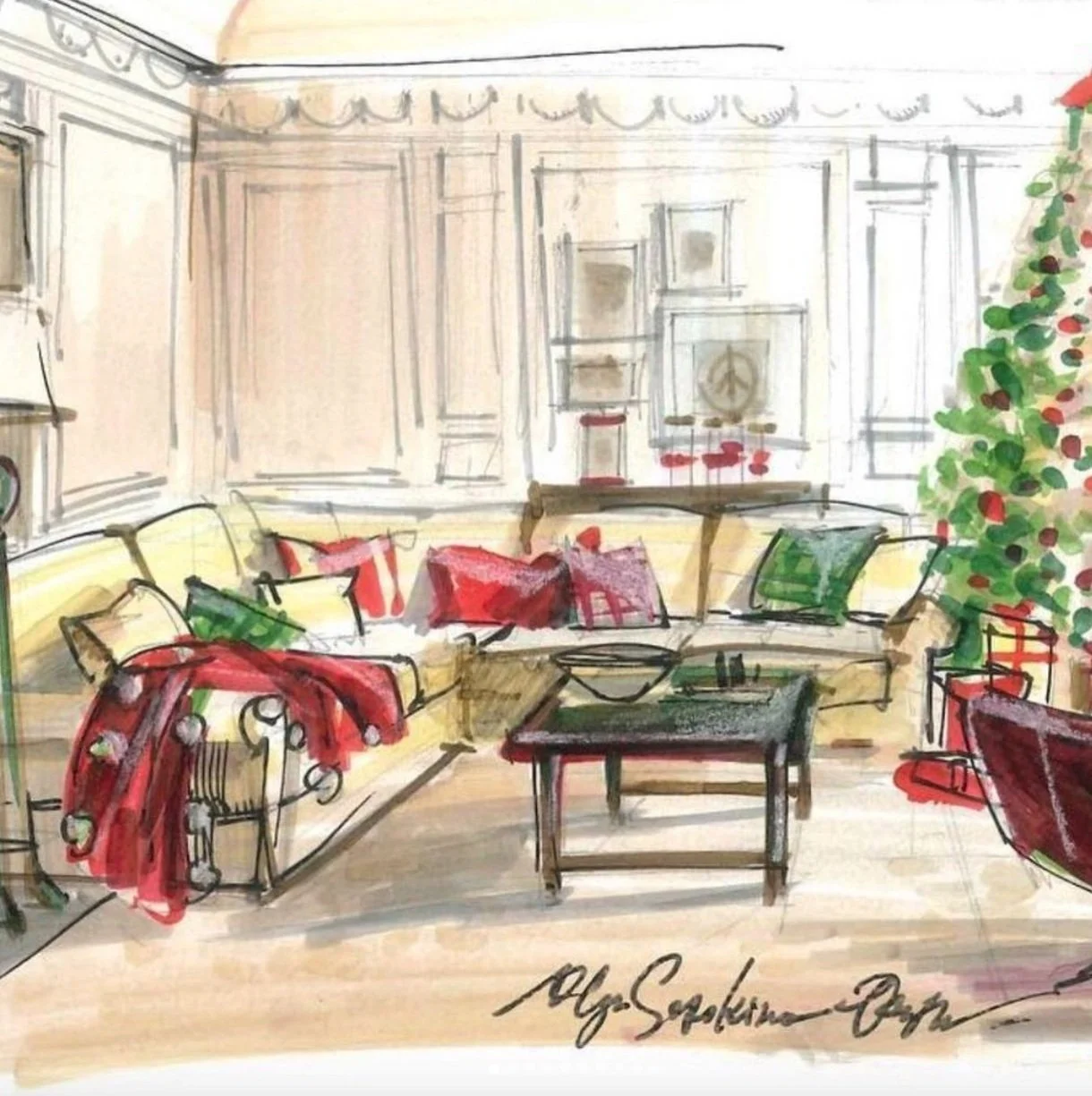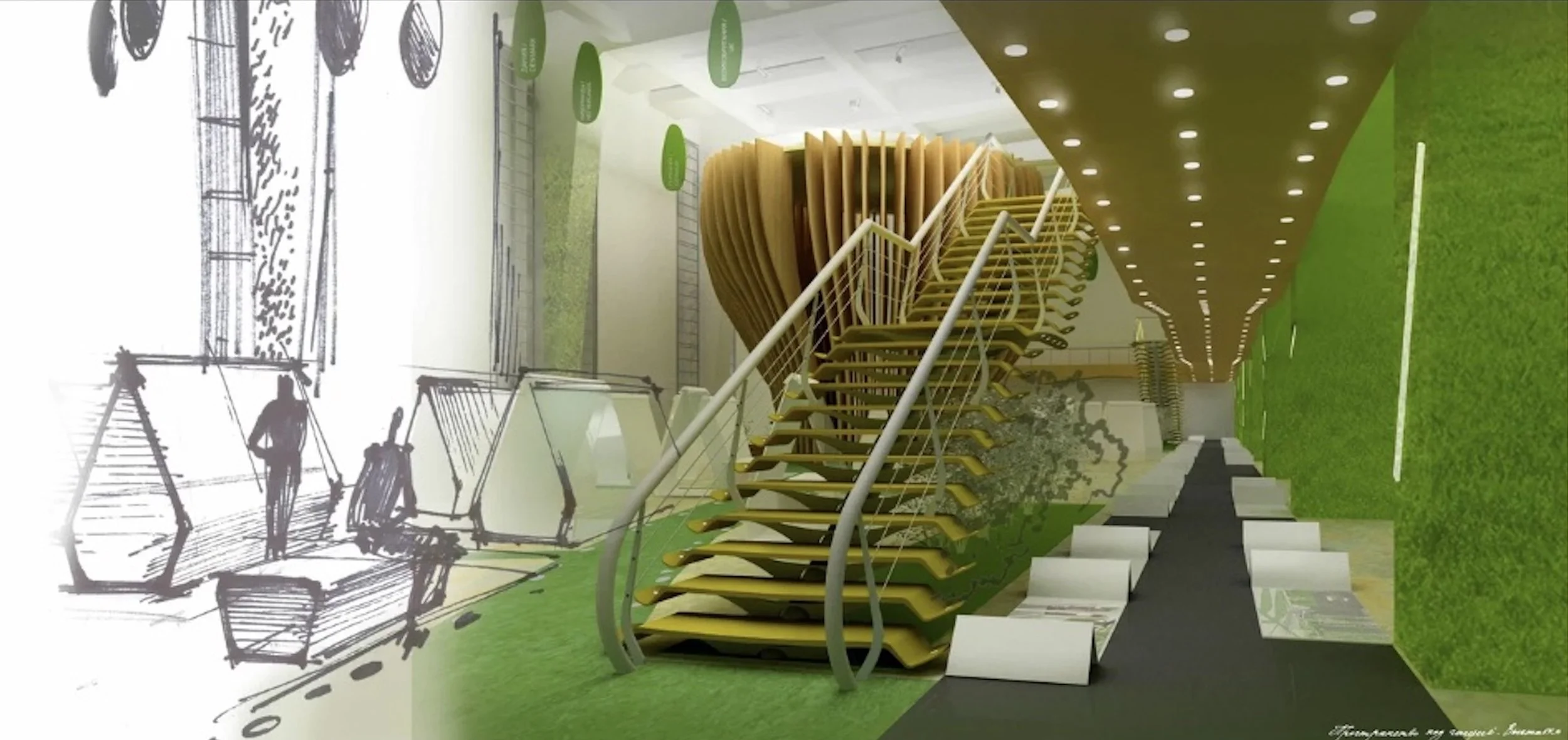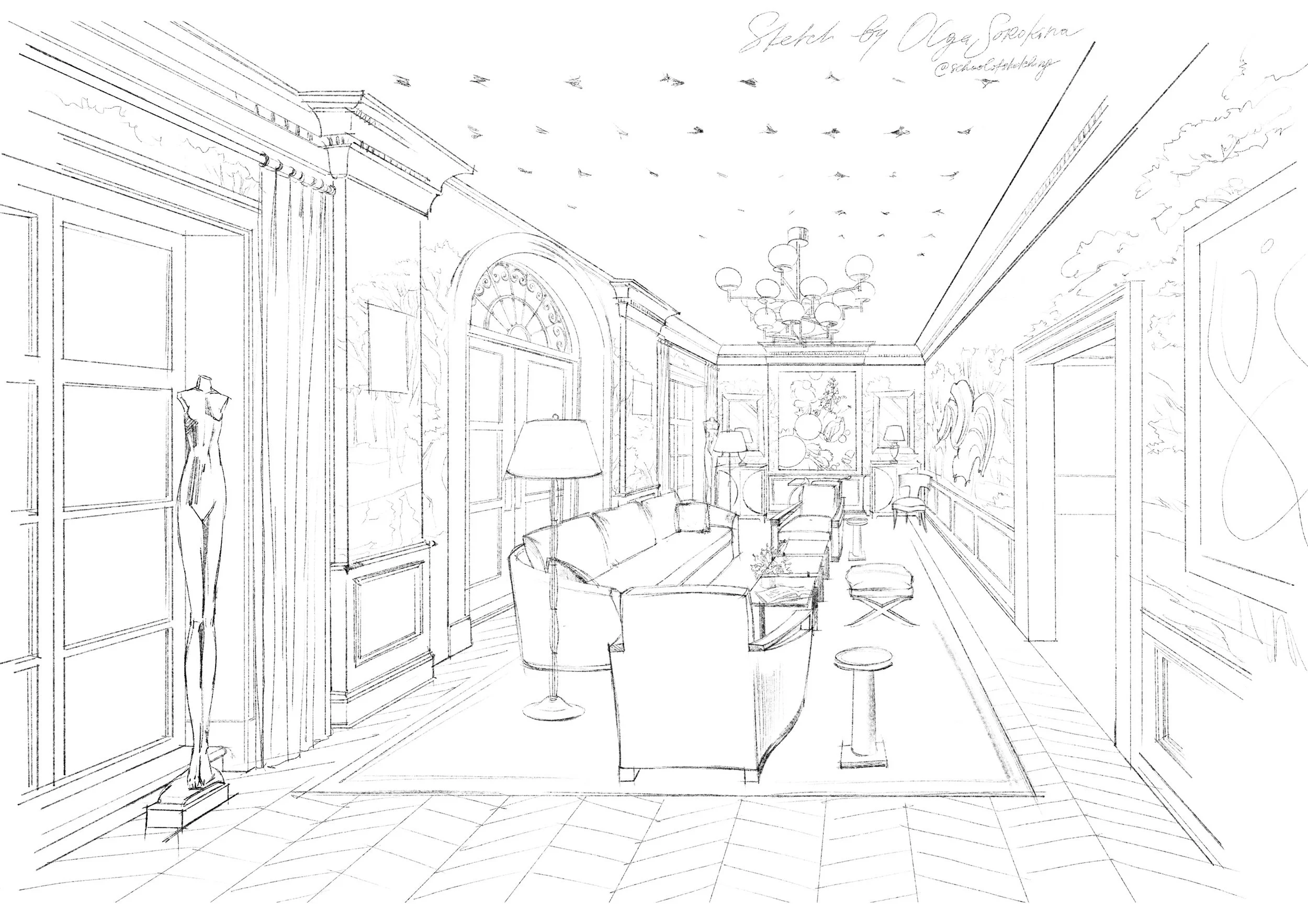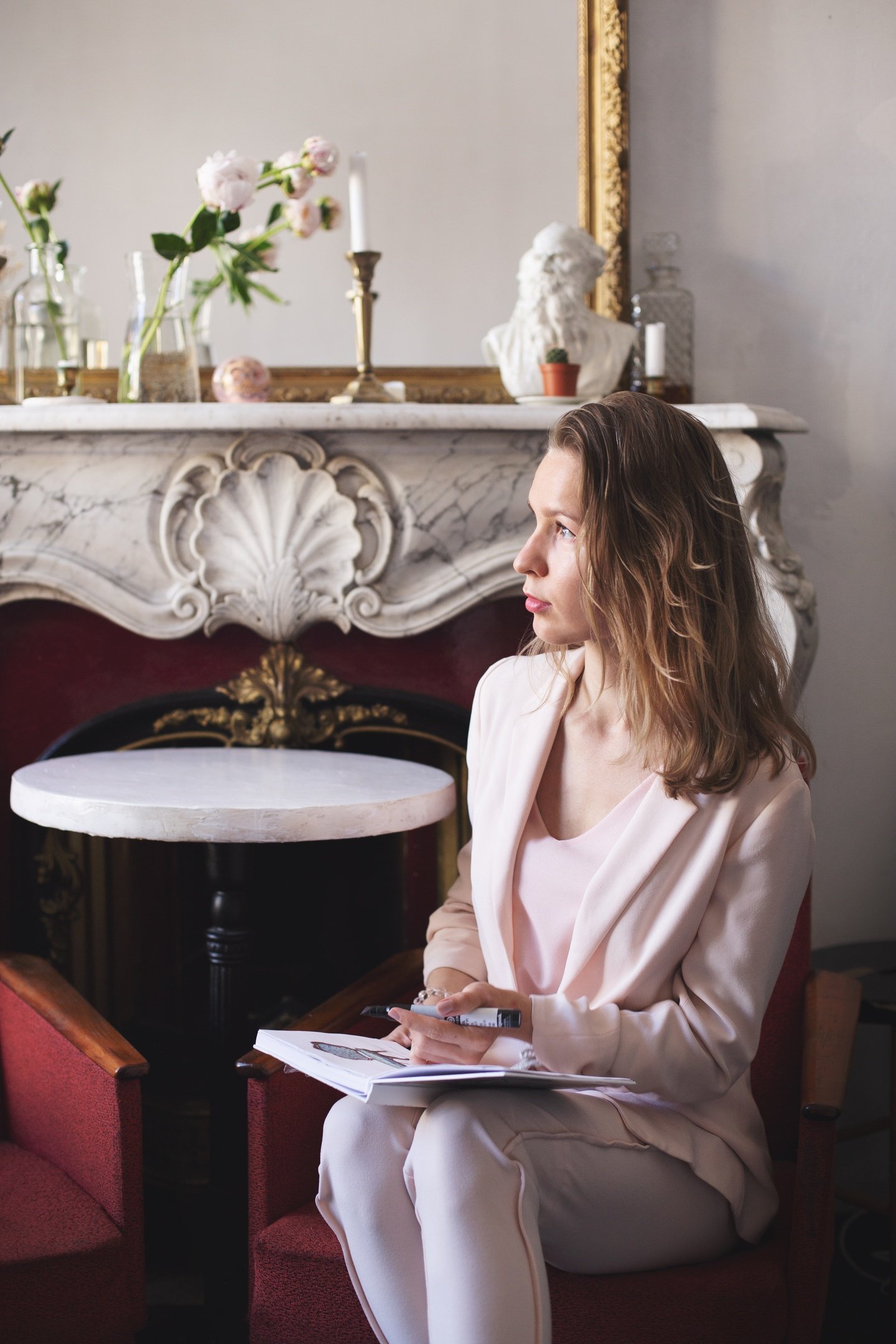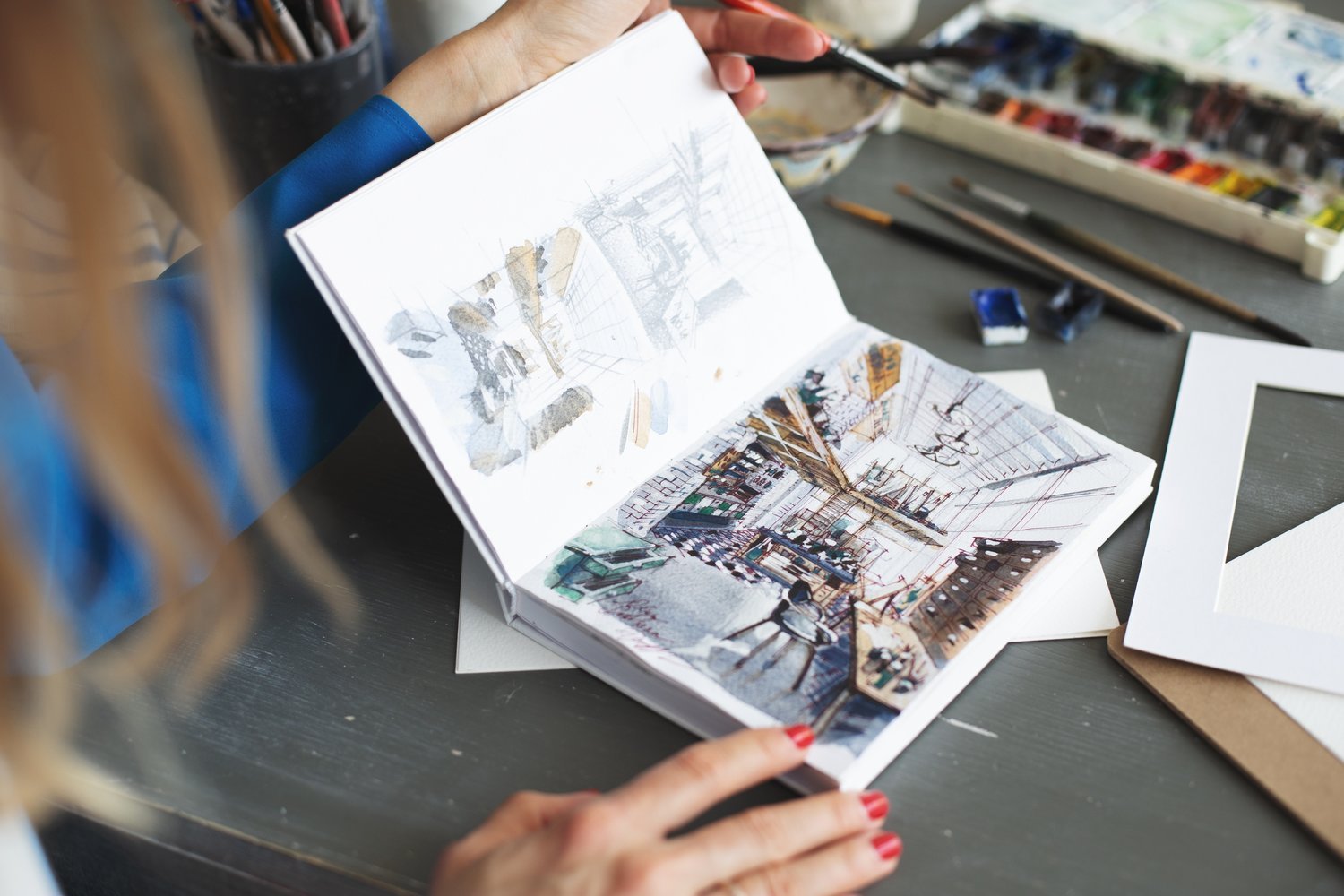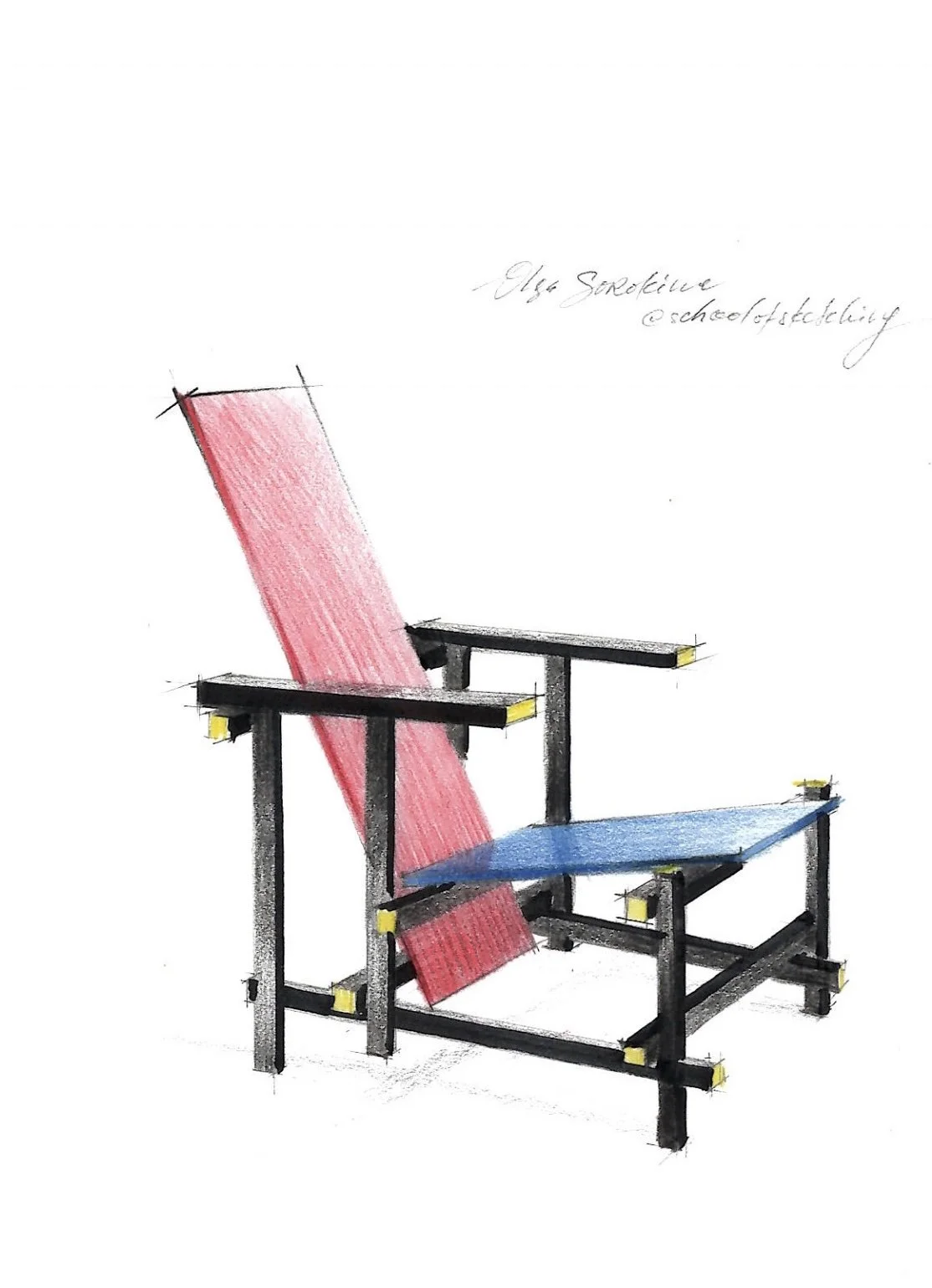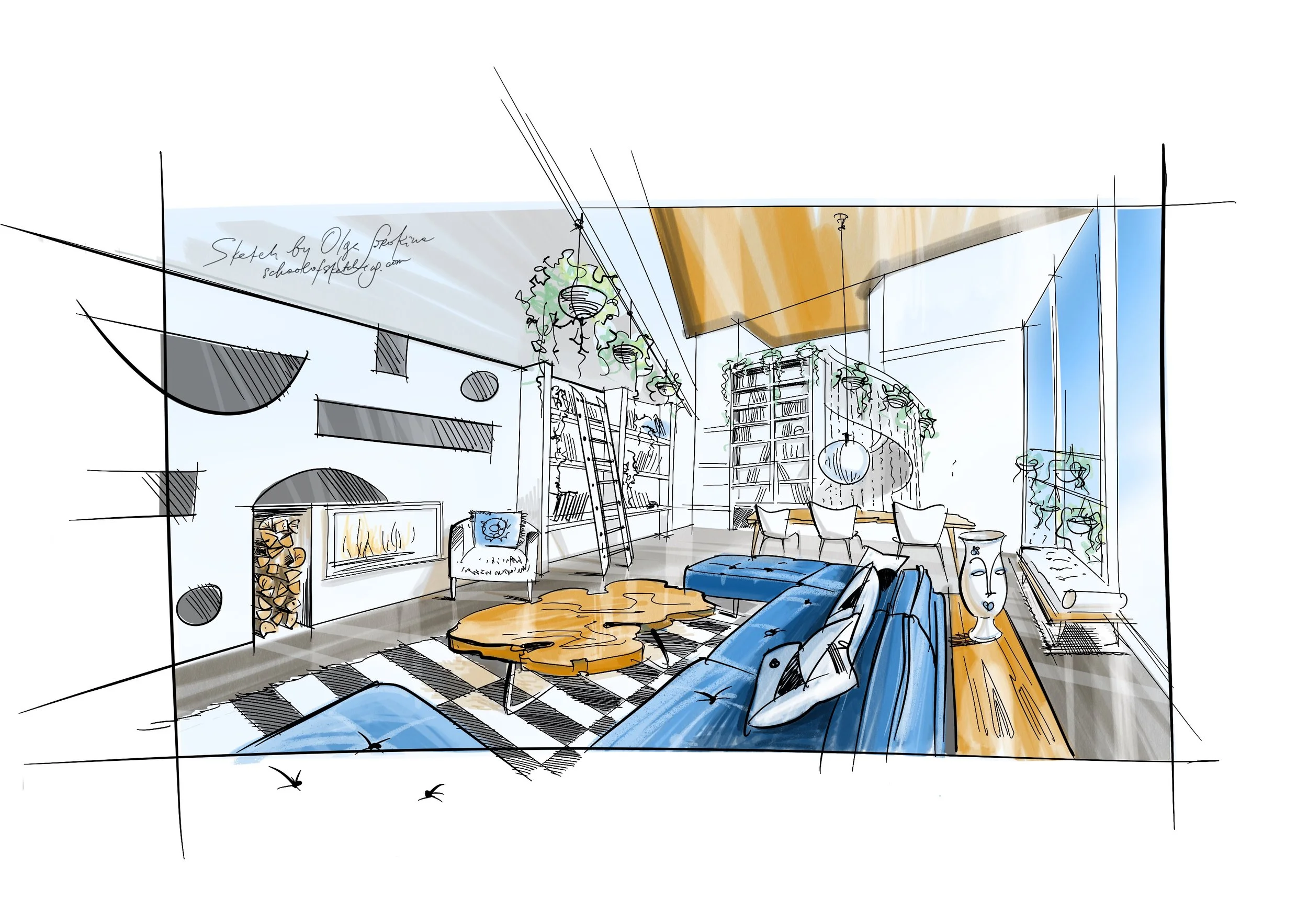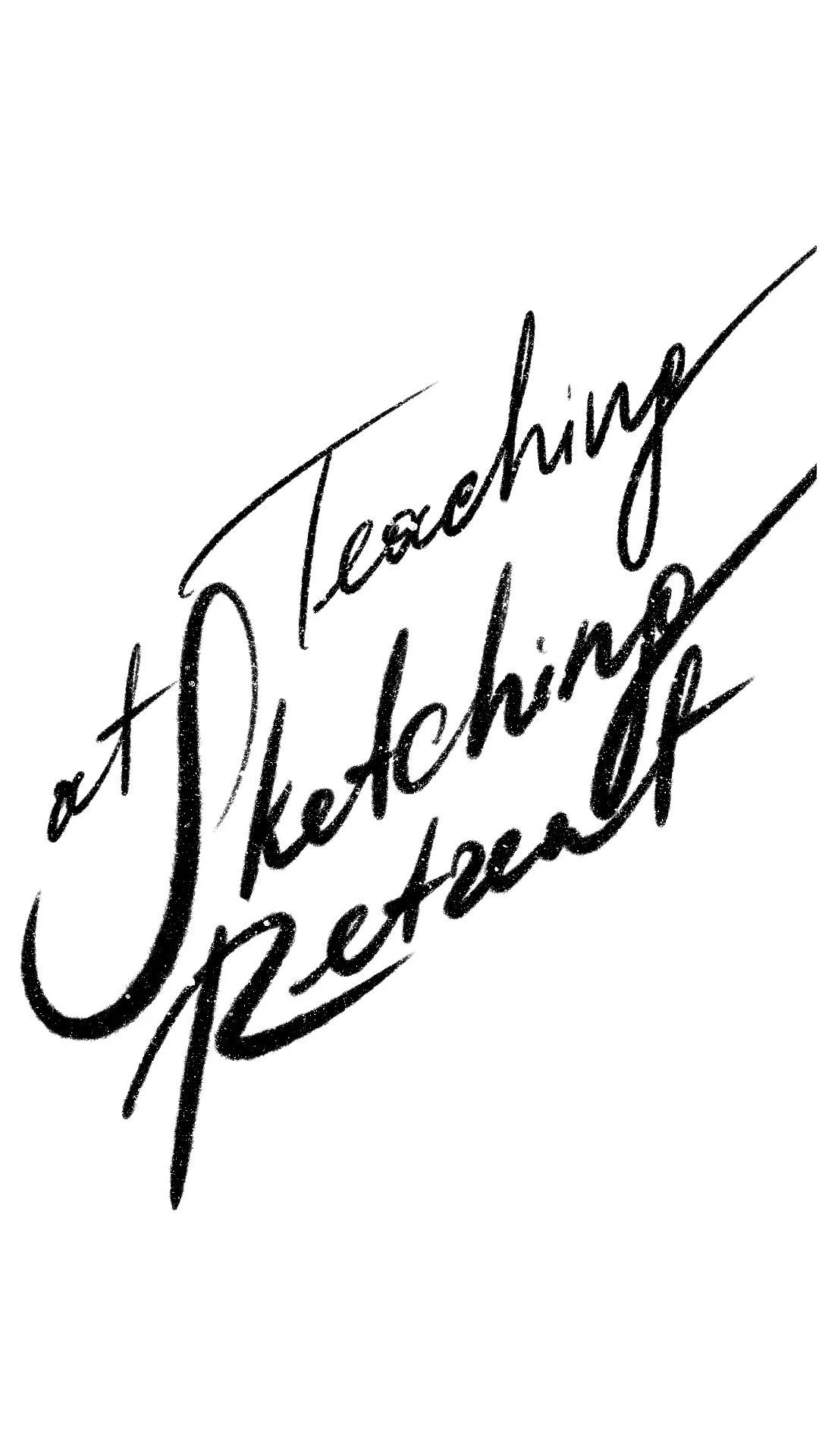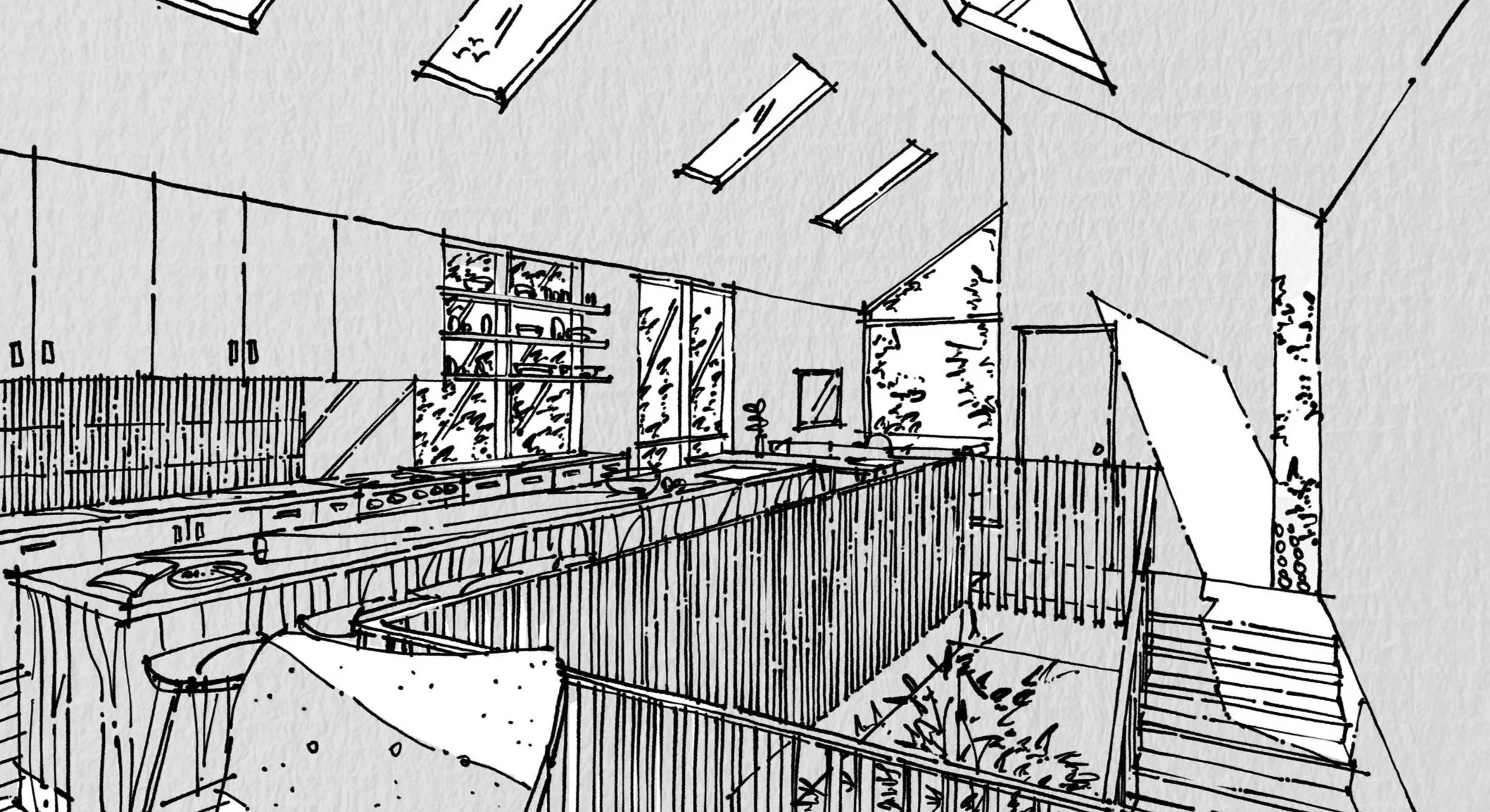Your # 1 Online Course Which Teaches
All the Basic Techniques You Need to Implement Sketching in Your Interior Design Practice
In this blog post, I will explain what sketching is and what are its five most popular types.
P.S. I took this text from my book “The SKETCH“.
You can listen to this article in audio format
(12 min)
What is sketching?
Basically, it is about making a quick drawing, a study, which helps you to represent a design idea. And it has a plethora of applications:
Travel sketching (or sometimes city or urban sketching): expressive, energetic, and usually speedy drawings of architectural details, city views, restaurants, etc.
It can be made both in the open air (“pleinair” in French) and working from your memory – recollections of your trip when you are back at home, or using photos and creating compositions out of them. It includes “cafe sketching” as well.
Fashion sketching: people, fashion-looks, and accessories. It is used mainly for illustrations or magazines, e.g., for brand promotion. It helps designers during the first stages of the creation of their collections and helps to introduce changes.
Industrial Design sketching: probably the most known and popular branch of sketching. Obviously, it was created by industrial designers; a good example is car sketching. In this case, all sketches are made with great speed and confidence.
The type of sketching I teach my students via online courses, Instagram Lives, and YouTube tutorials is a little different, it’s an interior design sketching, and we usually start by creating a precise measured perspective with the help of scale rulers. This is followed by freehand rendering, which may take 1-2 hours, and for this stage, we will be using markers. Once you have mastered the construction technique, you will develop the ability to produce quick freehand sketches of interiors.
“Sketching is a fantastic skill that lets you transfer your design idea onto paper in the most fun, fast and effective way.”
Sketching is a fantastic skill that lets you transfer your design idea onto paper in the most fun, fast and effective way. In other words, sketching is a unique instrument for visualizing your concepts. Nowadays, it is associated mostly with such media as specialized professional markers, for example, Copic, Stylefile, Chartpak, Promarkers, ZIG, etc. Sketching “palette” is vast and versatile: you can start from scratch by using a pencil, charcoal, or black liner and end up by using different types of colouring techniques, for instance, watercolour, coloured ink and pastel or watercolour pencils. It is possible to mix various media, for example, markers + pastel or watercolour + coloured pencils. There are so many creative opportunities for you to test and explore! It is a good idea to try several and pick a couple of “favourites”.
Illustration from my book “The SKETCH. Interior Design Drawing“
A range of this kind of media in the art-shops can impress and confuse at the same time. But don’t worry, my friends, in this article on my blog I recommend you a nice and compact set of marker colours, which I use most of the time. But why do I recommend markers? In my opinion, markers are the most easy-to-learn-how-to-use and easy to implement technique for beginners (especially in comparison to watercolour) and, at the same time, sketches which are done with markers usually look more vibrant. As a matter of fact, in my interior design practice, I used to use watercolour and coloured pencils for my drawings, whereas now I opted for markers only because I simply see how much better they perform on paper for interior design purposes.
GET MY FREE PDF "MUST-HAVE MATERIALS FOR INTERIOR SKETCHING",
ENTER YOUR NAME AND EMAIL HERE:
The reason why sketching became so popular today among designers of all kinds not only in Russia, Europe, the USA, Asia, and the rest of the world is that artists nowadays tend to be overwhelmed by computer programs such as CAD, Revit, Sketchup, 3D Max, and Maya. In the old days, artists were earning their bread by, literally, their hands, and now they are desperately wishing to go back in time when ideas were transferred through hand drawing, which is far more natural and organic way of doing it.
Take a look at what is happening right now in our creative lives: we rarely, if ever, write with a pen, and mostly type on a computer, iPad or iPhone. We do not send handwritten letters and cards anymore – the epistolary genre is almost gone for good – and even our thoughts and ideas we capture in “Notes” on our iPhones. It seems that we have forgotten the meaning of “handmade”, handcrafted, which is precious because in creating it, you include a piece of your heart, love, and memories. Do you remember what we were told as children: “The best present is the one that is made by hands”. There is a profound meaning in that.
Just observe that we no longer “create” on paper but “work” on a computer, in Photoshop, Word, or AutoCAD. The words we use, especially verbs, bear deep meaning. With that in mind, ask yourself, is it better to render or to hand-render; to work or to create? They say that 3D Max was invented by those who can not draw. Clearly, there is a number of advantages in using 3D and computer-generated imagery, I used it myself a lot back in the days, but let us not lose the command of our hands and the link between the brain and the heart that hand drawing fosters.
4 main types of sketching
As I mentioned before, there are different types of sketching, and here I would like to talk about each one in a little bit more depths. Let’s take a quick look at the main features of the most popular of them by splitting them into key concepts and keywords.
1. Interior sketching
For this kind of sketching, it is highly important to understand the laws of perspective and train your eye to judge scale and proportion. It is always good to be able to execute your drawings within different time frames because sometimes you will need to draw your idea quickly in front of your customer. As an interior designer, you should have an eye for beauty, a feeling for harmonious colours, and a perfect palette. And, as in other types of sketching, you should be able to render a variety of materials such as fabric, wood, stone, and glass. Check my video courses on interior design drawing.
Interior drawing from my ecourse PRO. Check other sketches here.
2. Fashion sketching
For this type of sketching, it is crucial to have a good understanding of human proportions (face and body). You should know how to stylize figures in your drawings. More often than not, body proportions are elongated in fashion sketching. For example, the total height of the human body in fashion sketching is 10, 11, or even 12 times the height of a human head as opposed to real-life proportions of only 7.5 to 8 heights of a human head. The most important aspect of fashion sketching is to be able to capture a design idea in the best possible light. Hence a facial-portrayal of a human figure is usually not significant. In this case, it is critical to be able to deliver the idea of the designed collection to the best advantage. In fashion sketching, it is essential to bring the clothing design into focus, and a life-like portrayal of the figure is usually unimportant. You will also need to know how to convey through hand-render the look and feel of such materials and textures as skin, hair, different types of fabric, metal, etc.
3. Industrial sketching
You will need the ability to draw objects in 3D, clearly showing their structural design and volume. To be able to render a professionally looking arrangement of component part on a piece of paper, you will need a firm grasp of the principles of composition. You will also need to perfect your technique and speed in order to develop an assured line and confident hand. The most common materials that need rendering in industrial sketching are metal, plastic, and glass.
4. Travel sketching
In this type of sketching, the most crucial skill is to manage to convey the feel, the ambience of a place, to capture the flitting moment and, at the same time, to deliver the correct scale and proportions of the object. More often than not, you will also need to be able to perform at high speed, as you will be sketching while travelling, while on the road, when you do not have several hours at your disposal the way it would have been the case with "plein air" sketching. In this type of sketching, it is important to grasp the intrinsic traits of the place you are observing and afterwards graphically stylize it in your drawing.
Check the process of creation of this sketch on my YouTube here.
P.S. I hope you enjoyed this article, let me know what is your favourite type of sketching in the comments below. Please share this article with your friends on social media. Thanks in advance!
© Olga Sorokina, 2021
